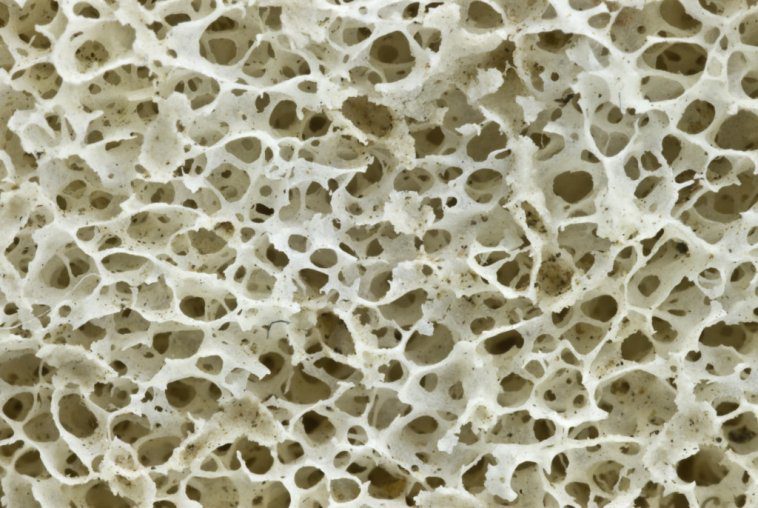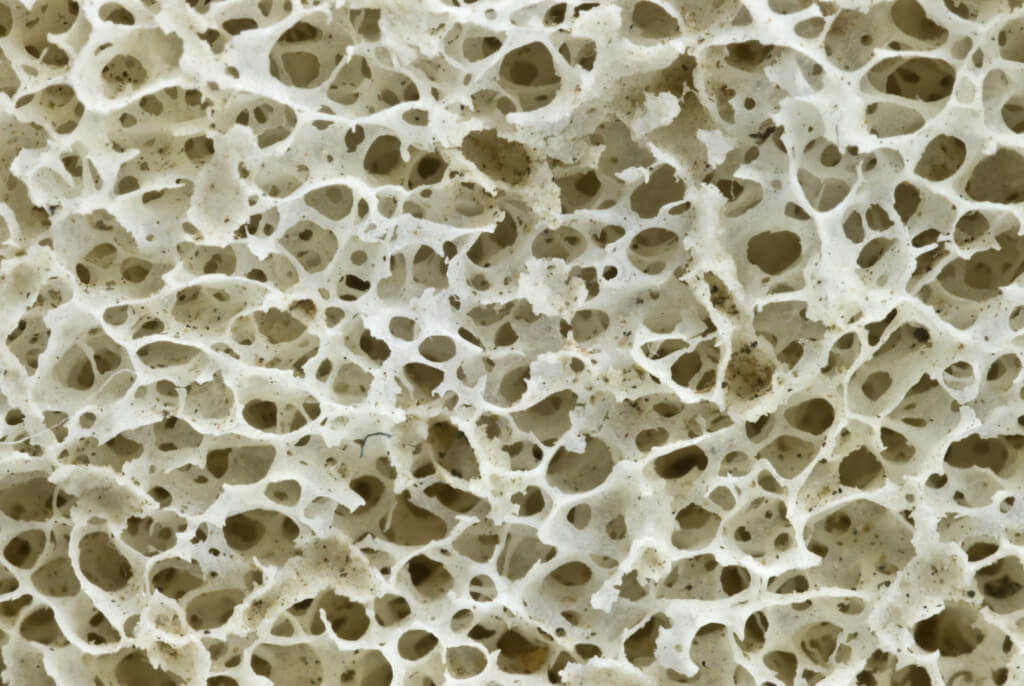A newly developed 3D printing technique is making it easier to control the orientation of fibers of engineered composites.
Developed by a team at Harvard’s John A. Paulson School of Engineering and Applied Sciences (SEAS), so-called “rotational 3D printing” allows for an improved arrangement of rotation and speed of the 3D printer nozzle. In return, this enables researchers to align embedded fibers into polymer matrices.
Composite materials such as wood or bone offer many advantages and properties that are sought after by engineers, including stiffness and strength. However, emulating the features of these materials has been exceptionally difficult – until now.
Rotational 3D printing allows for various combinations of fillers and matrices to create unique properties in printed parts.
Jennifer A. Lewis, who is an expert in 3D printing and Professor of Biologically Inspired Engineering at Harvard SEAS, explains: “Being able to locally control fiber orientation within engineered composites has been a grand challenge. We can now pattern materials in a hierarchical manner, akin to the way that nature builds.”
Create Less Damage-prone Designs
By using a stepper motor to adjust the angular velocity of the printer nozzle as ink is extruded, rotational additive manufacturing can adjust the speed and rotation of the nozzle to more precisely layer fibers in polymer matrices.
“Rotational 3D printing can be used to achieve optimal, or near optimal, fiber arrangements at every location in the printed part, resulting in higher strength and stiffness with less material,” adds post-doctoral fellow Brett Compton. “Rather than using magnetic or electric fields to orient fibers, we control the flow of the viscous ink itself to impart the desired fiber orientation.”
The applications for the technology are huge – from thermoplastic additive manufacturing to fused filament fabrication. Carbon, glass, metallic or ceramic fibers can be used.
Fibers can also be spatially orientated to boost their tolerance to damage at a point in the design where stress may be highest.
Rotational 3D printing has achieved a way to vary the microstructure of a design at specified points. Jordan Raney, Assistant Professor of Mechanical Engineering and Applied Mechanics at the University of Pennsylvania, concludes:
The findings have been published under the title “Rotational 3D printing of damage-tolerant composites with programmable mechanics” in the Journal PNAS.
If you want to know more about Jennifer A. Lewis, please consult this article.
Source: PNAS.
Website: LINK



